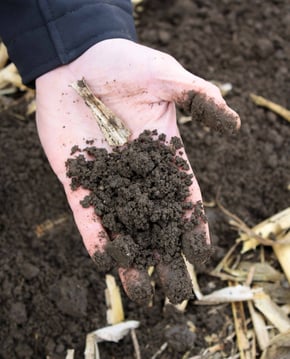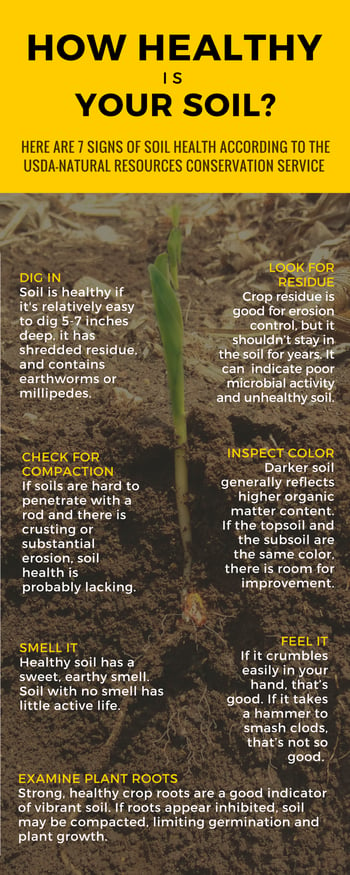Strip-Till Practices Promote Soil Health

Billions of dollars are spent each year by people trying to get healthier. From gym memberships and personal trainers to vitamins and supplements, we work hard and spend a lot to build a foundation for health.
Farmers do the same things. Whether its fertilizer applications or tillage techniques, farmers work to build strong yields. And it all starts with the foundation.
Modern corn hybrids and soybean varieties have tremendous yield potential right out of the bag. But unless the soil they’re planted in is healthy, they’ll likely fall well short of that potential. Soil health is the combination of many things including water and nutrient holding capacity, organic matter and soil structure. All of those characteristics are promoted through strip-till practices.
“Soil protection is the number one thing,” says Jodi DeJong-Hughes, extension specialist with the University of Minnesota.
DeJong-Hughes has been researching soil and tillage for more than a decade. She says reduced wind and water erosion while building up soil structure to help with water infiltration are benefits of strip-till.

“The residue helps wick down water very quickly. You have where the soil is going to warm up where you plant the seed and it’s like conventional tillage in that area, but then you have all the benefits of no-till in between those rows,” she adds.
“You have to be patient with reduced tillage because it can take time. You may not see much difference in yields the first couple of years,” Randall adds. “It takes time, but a lot of things that are good take time.”Randall says a healthy soil profile holds 25 percent air, 25 percent water, with the rest a combination of organic matter and minerals. Practices like zone-till contribute to soil health, which in turn results in strong yields.Gyles Randall worked as a soil scientist for nearly 40 years at the University of Minnesota Southern Research and Outreach Center in Waseca, MN. Randall was a trend setter, looking at ridge-till farming as far back as the early 1970s. He says soil tilth entails a number of qualities.
“Number one is not driving on the seed bed to cause compaction because compaction is the enemy,” Randall says. “A high amount of residue with little runoff, good drainage and good organic matter, that’s healthy soil.”
DeJong-Hughes says her research shows that most yields from strip-till fields are comparable to full surface tillage. But she says because most of her projects are three years in duration or less, the full benefit to the soil from strip-till isn’t always realized yet. She says colleagues who’ve done longer term projects have seen substantial yield boosts in zone-till fields, offering proof that soil health through reduced tillage can be a productive option.
“What I like to show farmers is that you don’t have to moldboard plow, you don’t have to do 14 inches of disk ripping, you can just till a third of the soil and get those yields, protect the soil and get the best of both worlds,” she says.
Want more information on how you can improve your soil health with strip-till? Download our free ebook to learn more.

Comment